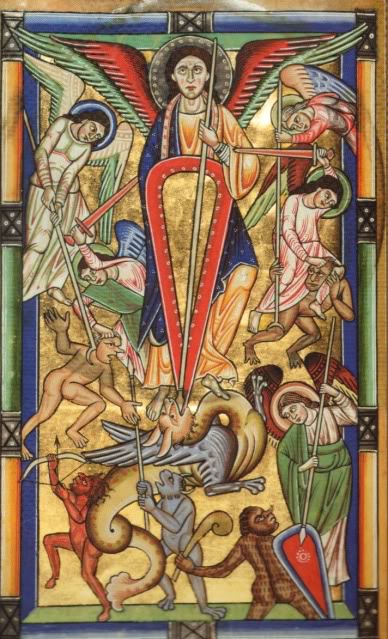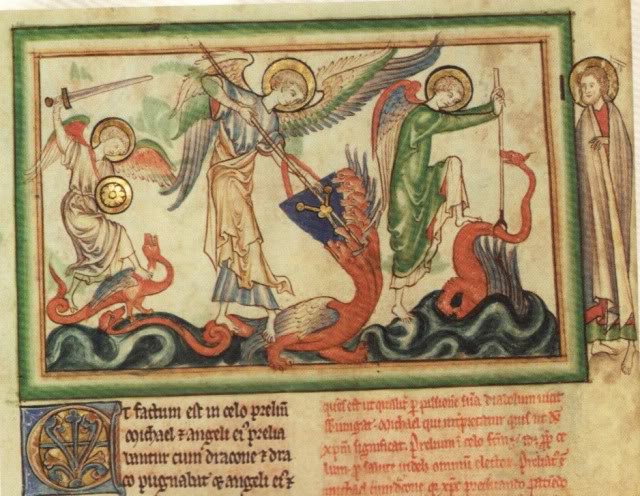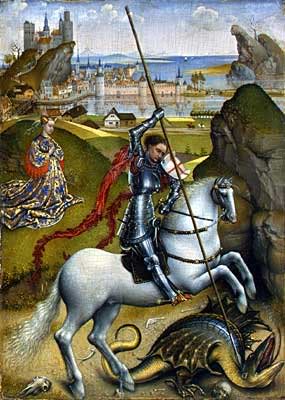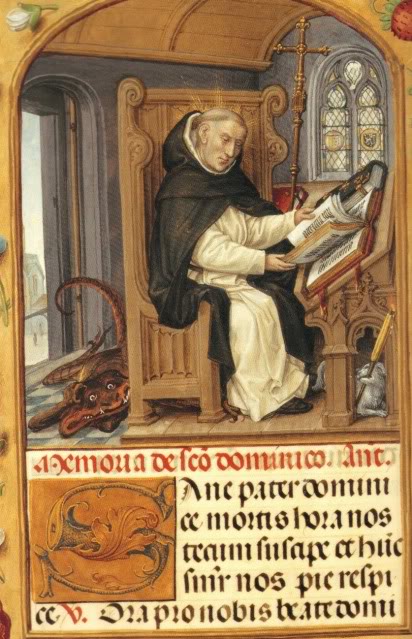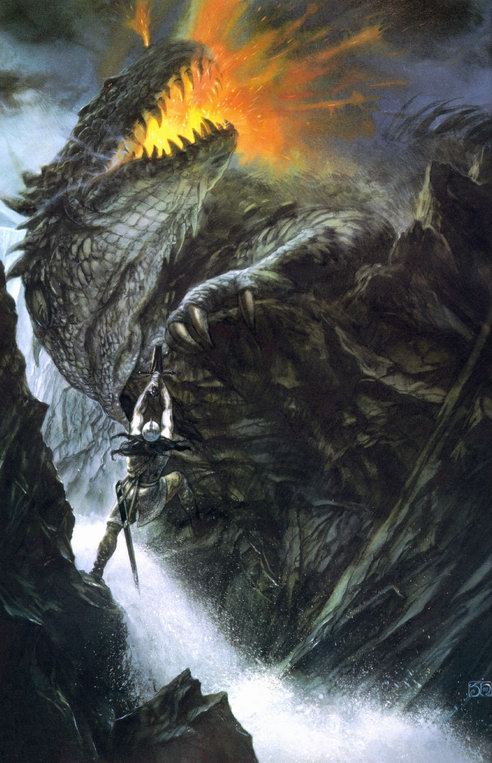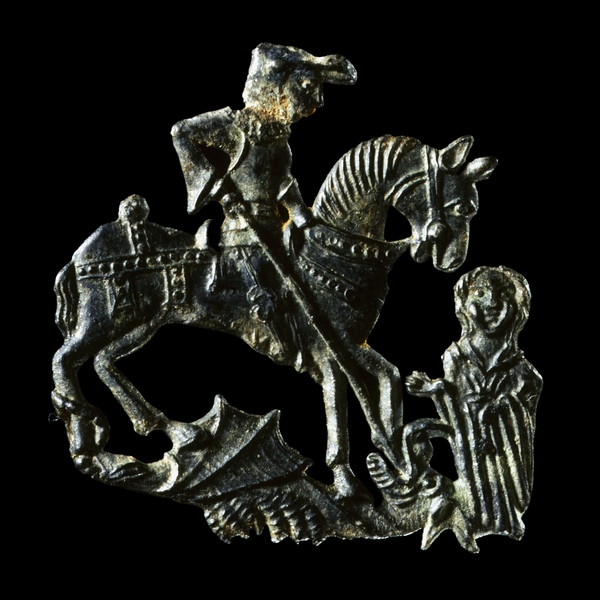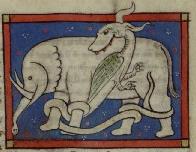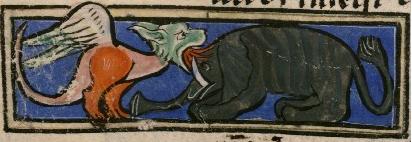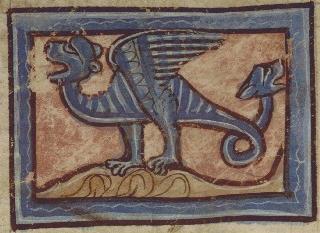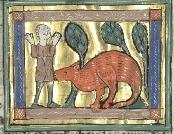| Timo Nieminen wrote: | ||||
Or at least, post-medieval English propaganda descriptions of Irish peasants. (Actually, if you do know of medieval descriptions of peasants, I'd be interested, but perhaps this isn't the thread for it.) |
What sort of descriptions are you looking for? A lot of the time, particularly in the High Middle Ages, descriptions of peasants were deliberately distorted, emphasizing their monstrousness, hideousness, and bestiality. To provide a modern analogy, the descriptions of peasants are not unlike the old racist representations of Africans/African Americans in 19th and 20th century illustrations. A good book to check out is this one: http://www.myArmoury.com/books/item.0804733732.html.
